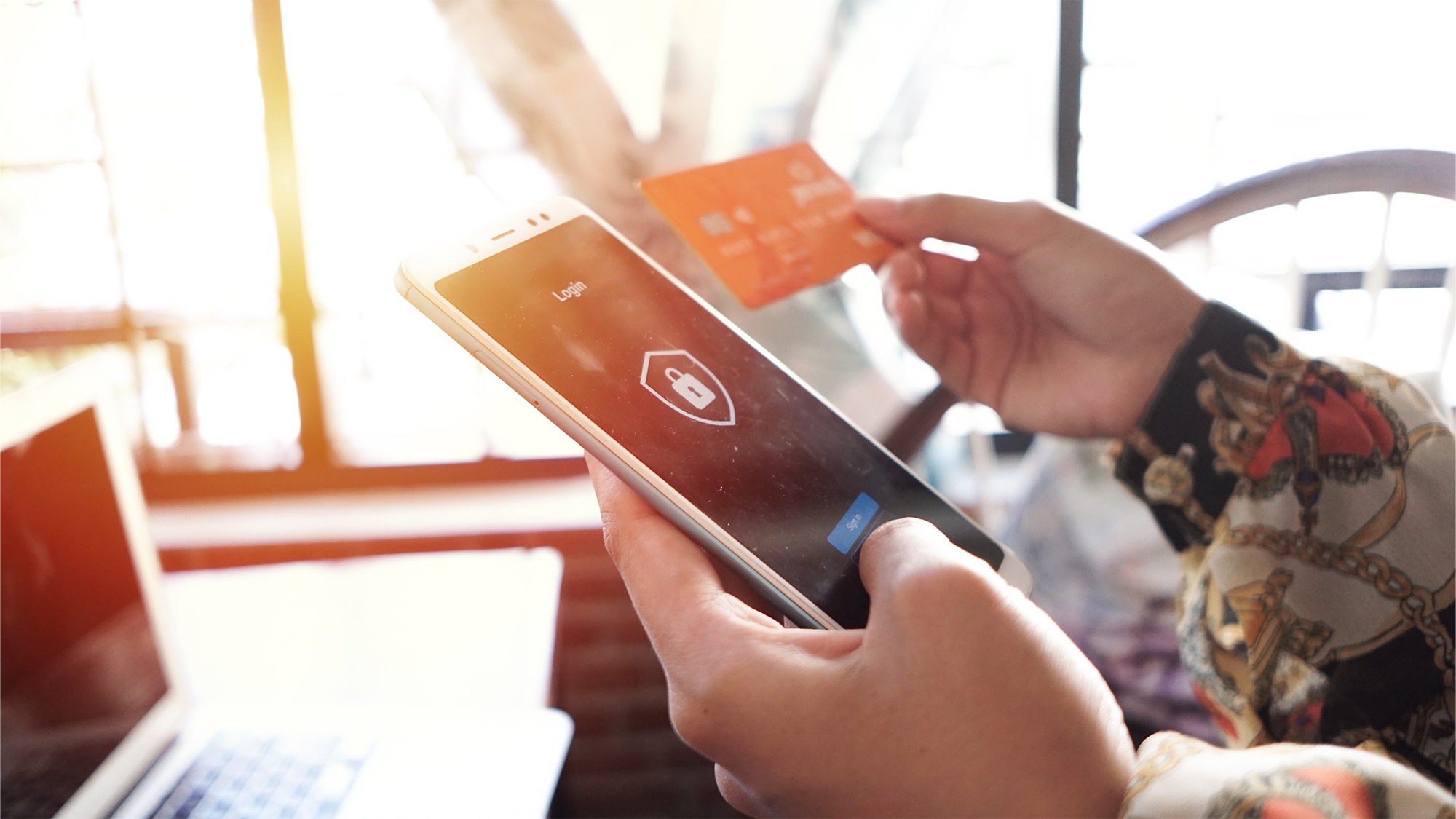Did you find this article useful?

Living in a digital city like Singapore, you do so much online, whether it's on your smart phone, laptop or other digital gadgets.
Here are some areas where being proactive will help keep digital fraud far away, especially as you switch to doing more of your banking online.
Jump to:
Mobile and online banking security and tips
Take care of passwords and malware threats
Protect yourself against financial fraud and crimes when travelling
We'll never ask for your log on details and personal information for internet banking, phone banking or ATM services.
When you call us, you may be asked to input your password or PIN for authentication – never say any security code out loud. No call centre representative will ever ask for this over the phone. If you've forgotten your password or PIN, a few questions relating to your personal information, NOT your passwords, one-time password (OTP) or PIN, will be asked for authentication.
Here are some other ways you can stay safe when banking with HSBC:
Keep your account details secure – never write down or reveal your HSBC Online Banking security credentials
A strong password goes a long way toward protecting your private data and keeping it safe from potential hackers or scammers. Next time you're asked to create a password, keep these tips in mind:
We'll never ask you for your password under any circumstances. If you get a call or email from someone claiming to be from HSBC requesting your password or OTP, don't reveal anything and get in touch with us immediately.
Ever received emails from senders you don't know, complete with suspicious attachments, images, QR codes and download links? Hackers and online fraudsters are constantly upping their game with ever more sophisticated malware such as Trojan horse viruses and spyware. To protect your personal information and digital files:
In addition to updating your operating system, keeping your device locked and other tips, here are 3 more travel safety reminders to keep financial fraud and crimes at bay.
One scam that has become more common in recent years is shell ATMs being set up to look exactly like the real thing, or ATM skimmers – malicious card readers – being attached to actual ATMs to steal your personal data on the card. Here's how to spot a fake ATM:
- Does the pin shield detach easily from the machine?
- Are there two slots instead of just one to insert your card into the machine?
- Does the keypad feel strange to the touch?
- Does it look different from the machine next to it?
If you think you've been targeted by a fraudster, let us know straight away.
I don't recognise a transaction
I've received a suspicious email
I've received a suspicious text message
If you need to block your credit card, you can do so using our HSBC Singapore mobile app. Alternatively, you may also call us for further assistance. You should always refer to official sources, such as a website, to contact us or other entities.
See our Report a transaction page for more information or get in touch.
If you suspect that you might be a target of scam or fraud activities, block access to your accounts and internet banking facilities through our automated phone banking system immediately. For more details, read our Kill Switch guidance.
To report a fraudulent transaction, get in touch with us by calling the hotline on 1800-HSBC NOW (4722 669) from Singapore or (65) 64722 669 from overseas. You can also reach out to your relationship manager or visit a branch for assistance.
Stop. Don't click on any links, and don't open any attachments. Just forward the email to phishing@hsbc.com This link will open in a new window. We'll send you an automatic response to let you know we've received your email. Please note we're unable to provide personalised responses to this mailbox.
Scammers often send fake text messages that look like they've come from your bank, or another trusted organisation. Their goal is to get you to reply with your personal or financial information.
Typically they'll:
If you've received a text that you believe is suspicious:
Don't
Do
You can report lost or stolen cards on the HSBC Singapore app or by calling HSBC.
To report your lost or stolen card in the app:
You can also:
To report your lost or stolen card by phone:
Call us on 1800-HSBC NOW (4722 669) from Singapore or (65) 64722 669 from overseas.
If the delivery address reflected on HSBC Singapore app is not correct then please temporarily block your cards on the app and submit your updated address via HSBC Online Banking. After your address has been updated, you can continue to submit the lost/stolen card request on the app or by calling us.
Refer to our 'Report a transaction' page for more info and to raise a dispute.
Did you find this article useful?


